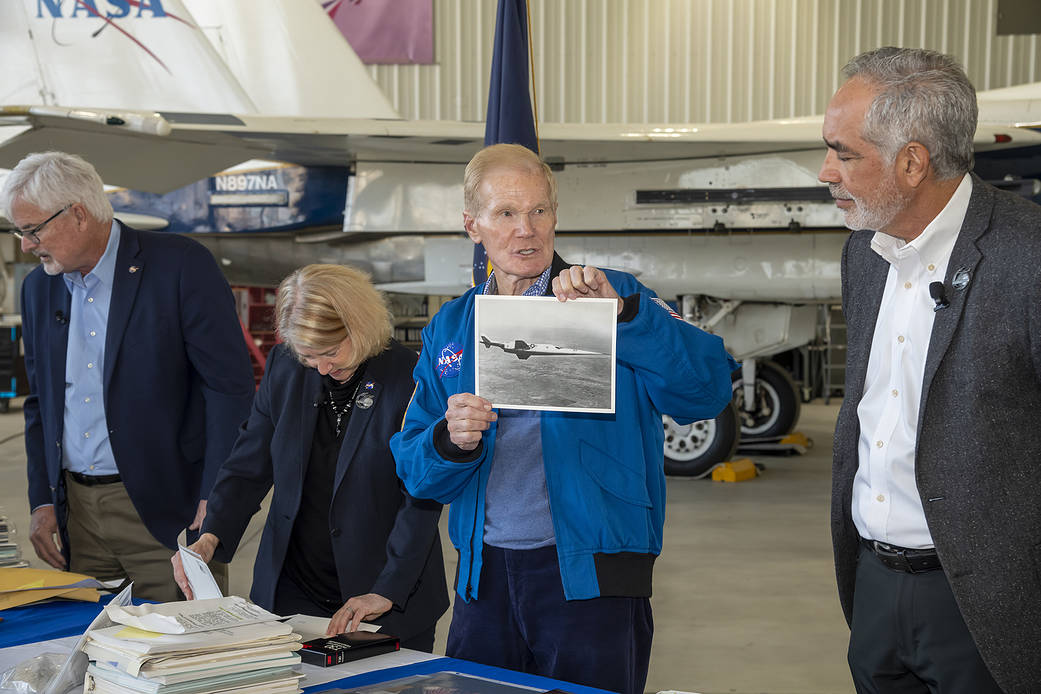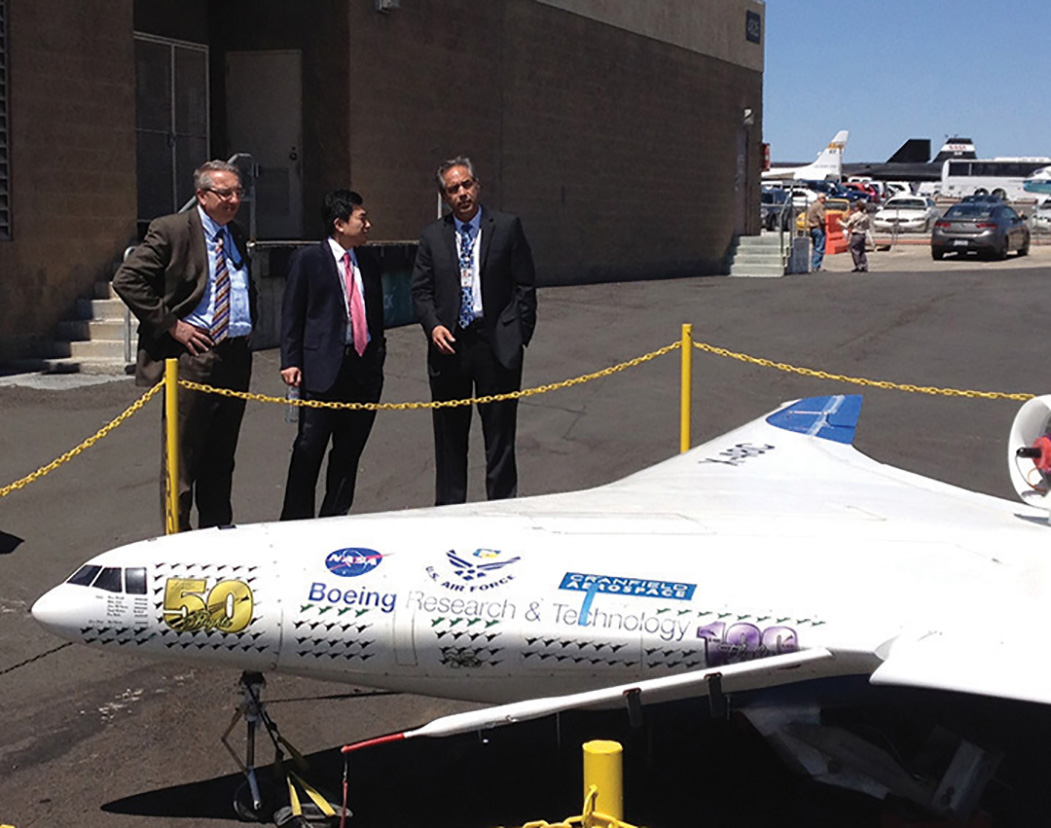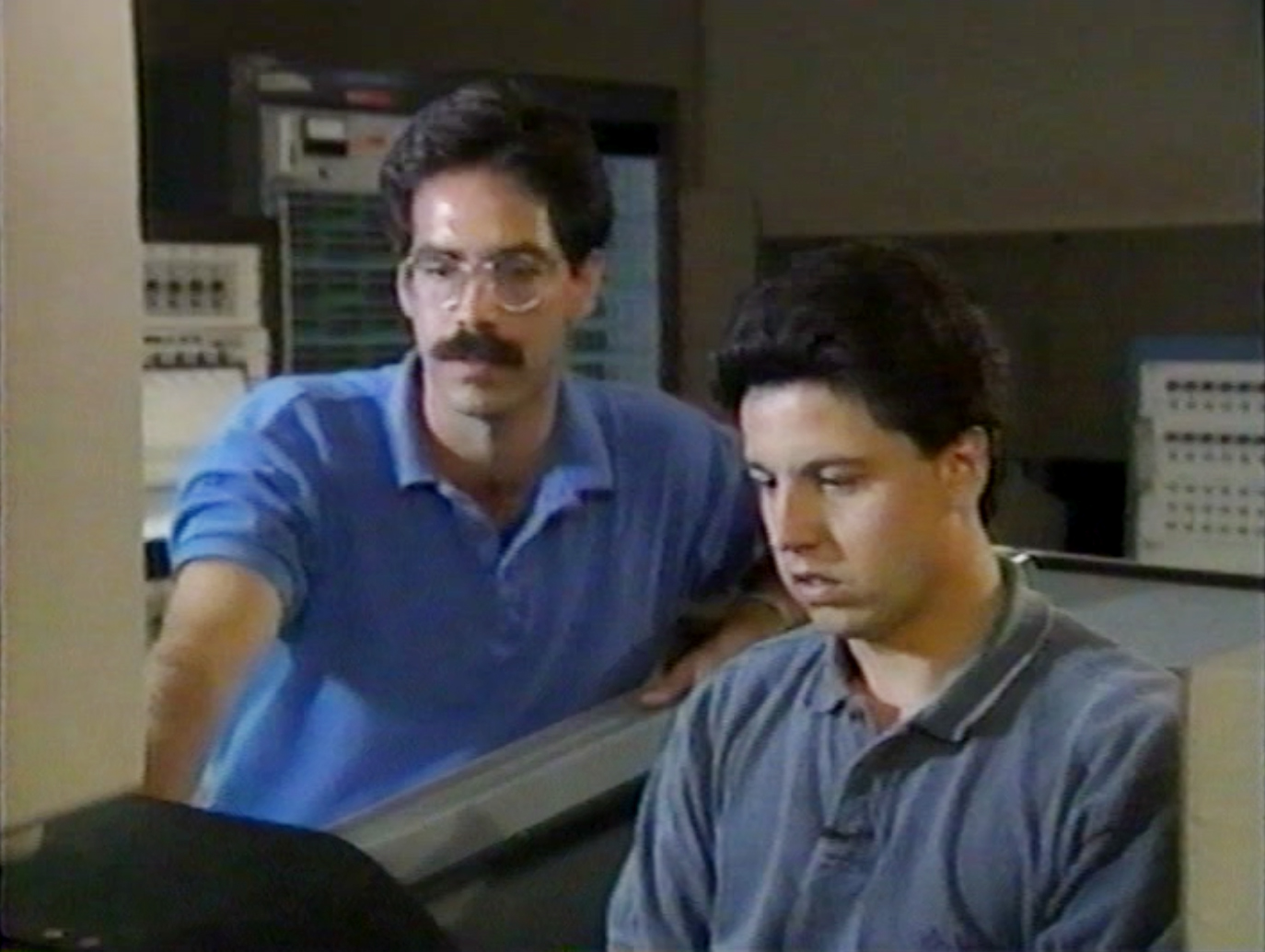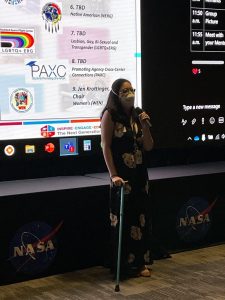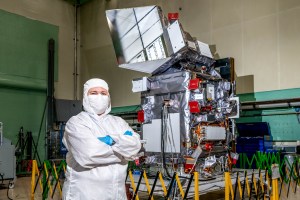When David McBride first came to NASA’s remote outpost in the Mojave Desert in 1982 as a cooperative education student, he didn’t imagine becoming its center director.
“I was expecting to be here for one semester, but right away I was captivated by the work and more importantly the people who do the work,” McBride said. “It kept me interested and excited over the last 40 years of seeing the progress, the technology, and some cool airplanes.”
His NASA journey will conclude when he retires June 30 as the longest serving center director at NASA’s Armstrong Flight Research Center in Edwards, California.
McBride returned to the center for two more internships as he completed his degrees, worked in industry, and returned to the center to continue a career trajectory that led to the top. He was lead systems engineer on the on the X-29 Advanced Technology Demonstrator, which featured forward swept wings, the X-31 Enhanced Fighter Mobility Demonstrator, and the F/A-18 Systems Research Aircraft.
He then advanced on the administrative side of the center’s operations to positions including deputy center director, and director for Programs and Projects, deputy director, acting center director. And for nearly 14 years, he served as center director. He also led a team that shaped many of today’s Aeronautics Research Mission Directorate projects as program manager for NASA’s Flight Research Program.
The secret to his success?
“Having a great team to help carry the load,” he said.
In fact, that is McBride offered that as key advice to his successor.
“Don’t try to do it all by yourself,” he said. “Use your team, depend on your team. When I first came into senior management, I worked to set expectations and create a leadership team of people who are now on the same page and sincerely want to work together.”
Another pillar of success is taking a realistic approach to what can be accomplished with available resources.
“We have challenges with big, important and complex programs, like the supersonic X-59,” McBride said. “We just have to be practical about what we can do, influence, and schedule, especially when something challenging is discovered.”
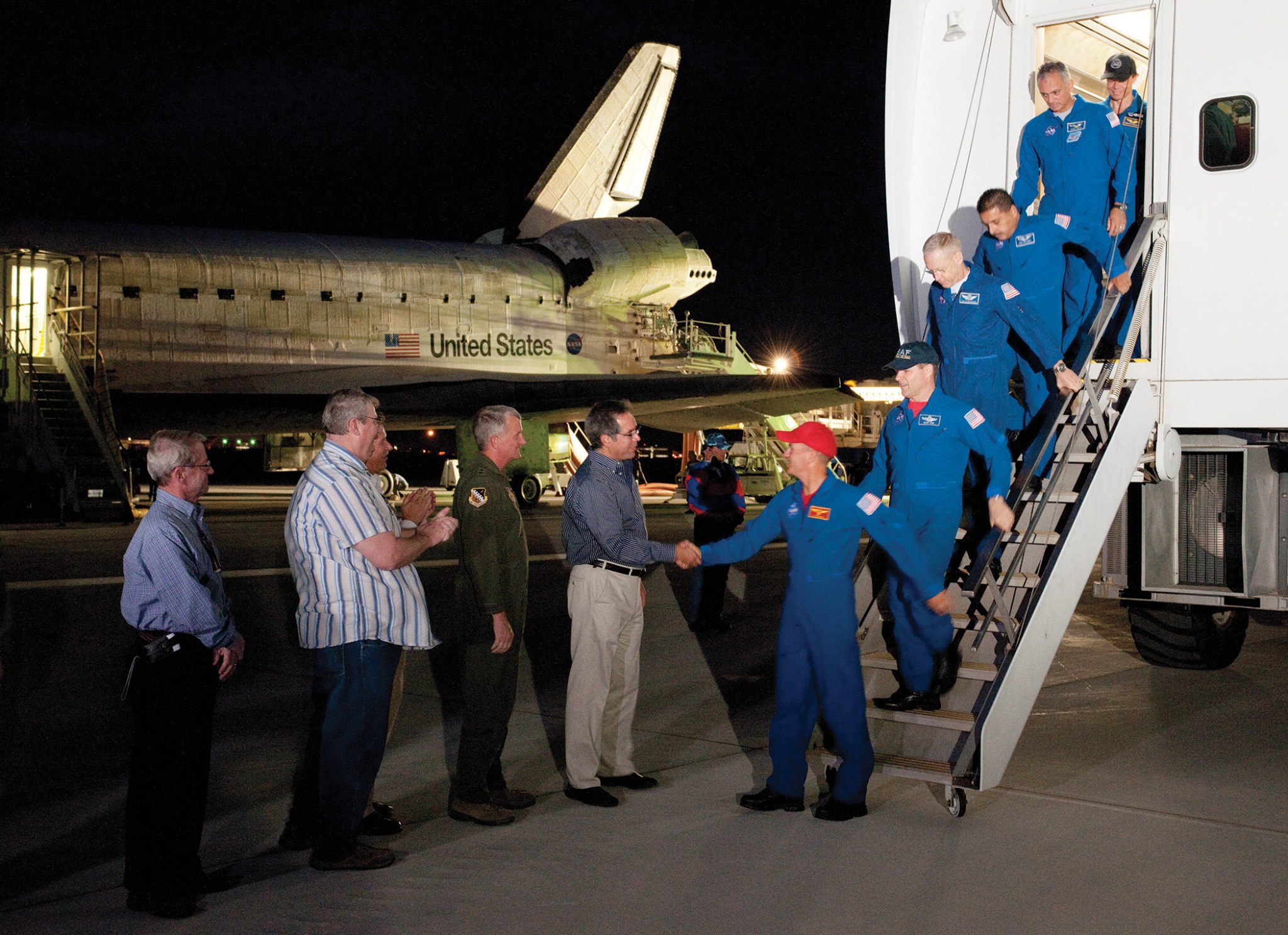
It’s not uncommon with flight research projects for something not to go as planned.
“We are working in a research environment where we are doing things for the very first time,” he added. “We always have, and we always will, uncover the unknown. Sometimes that causes slips in schedules and increases in budget because we didn’t expect something to work – or not work – as intended.”
He also said the NASA Armstrong’s flight research processes and procedures are world class.
“We can’t operate without risk, but we do a good job managing it to get results,” McBride said.
That approach will be important to NASA Armstrong to continue progress on the critical work ahead. In addition to the center’s science platform aircraft, like the ER-2, DC-8, and C-20A, that assist in the study of the environment, the technology development efforts and test flights here could help mitigate future carbon emissions, he said.
“That is one of our biggest goals is to help make air transportation more efficient, which means it will burn less fuel and reduce carbon emissions in the atmosphere,” he said. “I think we have a big role to play in moving aircraft technology to the next level so that we have the ability to make that next generation transport aircraft more efficient.”
Further out in the future, McBride said he wants to see the agency and nation return to hypersonic access to space that could be incorporated into an eventual spacecraft that can take off like an aircraft to reach orbit.
“Commercial providers that are using rockets that take off vertically have proven efficiency with that launch capability,” he said. “However, I believe ultimately the most efficient and cost- effective way to get people and materials to orbit is with a horizonal takeoff vehicle.”
McBride is not certain what his future holds, he does know what makes the center special and where its future is going.
“The best part of the center isn’t the airplanes and technology development, it’s the people who get the job done,” McBride said. “I also am very proud of the next generation, who are positive, proactive, and out to solve challenges in a new way.”





























